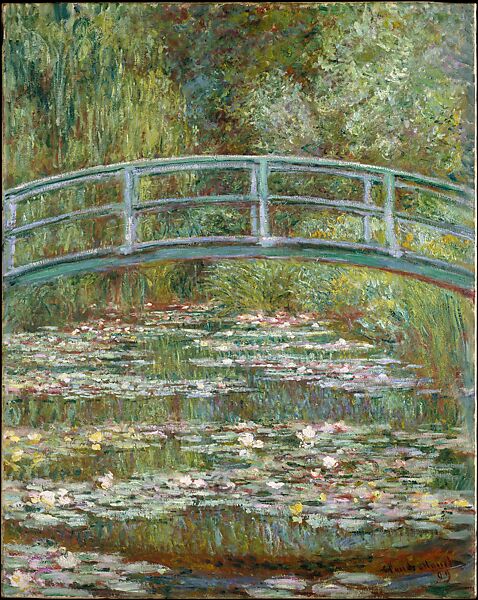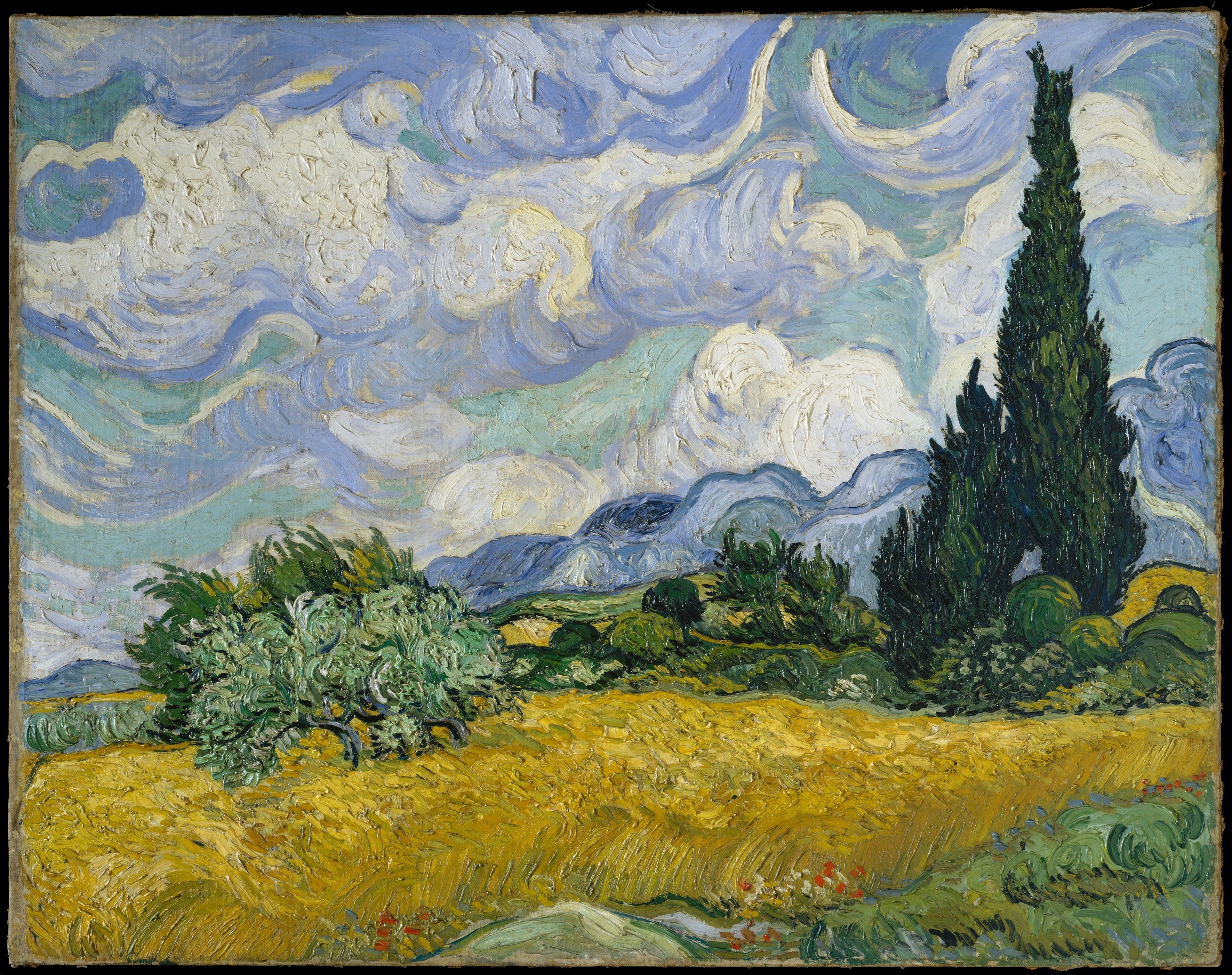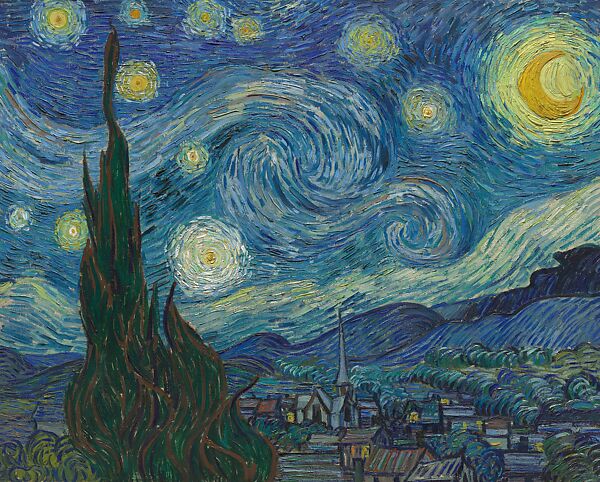Discovering The MET
The Metropolitan Museum of Art, is one of the largest and most famous art museums in the world.
You will admire paintings from famous artists like Van Gogh, Rembrandt, and Monet, all in The Met.
Founding
The Met was founded in 1870 by a group of American citizens to provide access to art and education for the public.
The Temple of Dendur
Egypt, 15 BC
This real ancient temple was a gift from Egypt to the US in 1965. It was moved piece by piece to the Met.
Now, the visitors can step inside and feel like living in the real ancient times.
Immersive Experience:
The Met 360° Project
The Met offers an online experience of the museum for those who can’t be here. The Met 360°, where visitors can tour different parts of the museum from home.
Fun Fact
The Met Gala is an annual fundraising event with various celebrities at the Metropolitan Museum of Art in NYC.
Stars dress in extravagant outfits based on an annual theme.
Welcome to The Metropolitan Museum of Art
Famous pieces

Monet | Water Lilies
Claude Monet's Water Lilies is a renowned series of approximately 250 paintings that capture the artist's flower garden at his home in Giverny, France. Painted between the late 1890s and his death in 1926, these works are celebrated for their dreamy, impressionistic style and focus on light, reflection, and the changing qualities of water and sky. Rather than painting traditional landscapes with a fixed horizon, Monet immersed viewers in the surface of the pond, where lily pads float, and clouds and trees are softly mirrored. Through delicate brushwork and shifting color palettes, Water Lilies evokes tranquility and invites quiet reflection, embodying Monet’s lifelong devotion to observing nature's fleeting beauty.

Vincent van Gogh | Wheat Field with Cypresses
Wheat Field with Cypresses is one of Vincent van Gogh’s most iconic landscape paintings, created in 1889 during his stay at the Saint-Rémy-de-Provence asylum. The work features a vibrant wheat field rippling in the wind, tall dark cypress trees, and swirling clouds in a bright blue sky—elements that together express Van Gogh’s intense emotional connection to nature. With bold brushstrokes and vivid colors, the painting conveys both movement and stillness, chaos and serenity. The cypress trees, often seen as symbols of eternity, contrast sharply with the golden wheat and dynamic sky, capturing Van Gogh’s unique vision of the natural world infused with personal emotion and spiritual energy.

Vincent van Gogh | The Starry Night
The Starry Night (1889) is one of Vincent van Gogh’s most celebrated and emotionally powerful masterpieces. Painted during his time at the Saint-Rémy-de-Provence asylum, the work depicts a night sky swirling with energy, filled with luminous stars, a glowing crescent moon, and dynamic, sweeping clouds. Below the sky lies a quiet village, with a church steeple and rolling hills, while a towering cypress tree connects the earth to the heavens. Using bold, expressive brushstrokes and a rich palette of blues and yellows, Van Gogh transforms the night into a living, breathing force. The painting reflects his inner turmoil and search for peace, blending imagination with observation to create a timeless symbol of wonder, mystery, and emotion.